Killer colours
by Scott Dutfield · 29/10/2019
From poisonous greens to gruesome browns, the art world has a long history of deadly and disgusting paint pigments
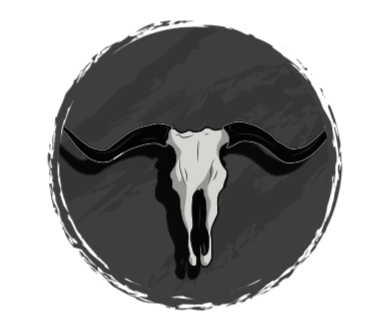
Bone black
Created from the charcoal remains of burned animal bones, this deep blue-black pigment has been used since ancient times and was popular with the Dutch master portrait artist Rembrandt (1606–1669).
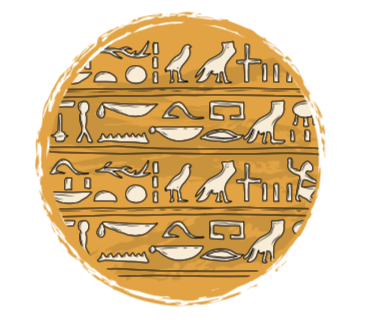
Orpiment
This vivid yellow hue derives from naturally occurring arsenic sulphide, a mineral that even in small doses is deadly to humans. It was used as early as 1200 BCE in Egypt and later the Persian Empire.
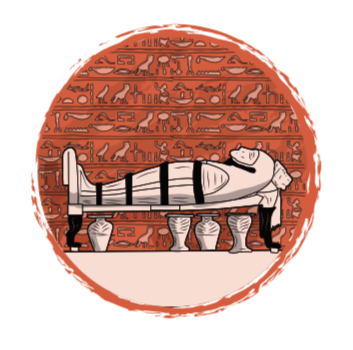
Realgar
Another extremely deadly arsenic-based pigment, for centuries this was the closest colour to orange that medieval artists could get their brushes on. The name derives from the Arabic rahj al ghar, meaning ‘powder of the mine’.

Lead white
Popular in ancient Greek and Roman makeup routines, this pigment was considered the purest white available to artists until the 19th century. It was created by combining metallic lead and vinegar and was therefore highly toxic.
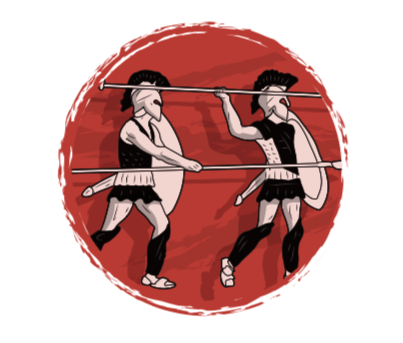
Vermilion/cinnabar
Created by combining mercury and sulphur, this compound’s Arabic name, cinnabar, or zinjafr, translates as ‘dragon’s blood’. It was widely used in China since the 8th century CE, and its mercury content made it incredibly toxic.
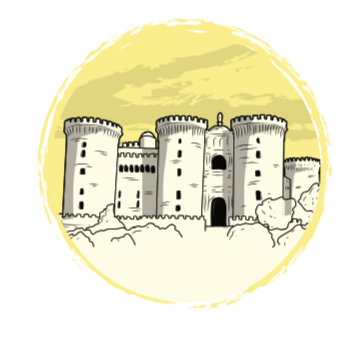
Naples yellow
Examples of this mysterious colour have been found in ancient Egyptian, Greek and Roman art. Despite its highly hazardous lead content it was also used during the Italian Renaissance and was popular for its warm, subtle tone.

Indian yellow
The source of this bright hue certainly put the ‘p’ in portraiture. It was traditionally extracted from the urine of Indian cattle fed on mango leaves. Despite this the pigment was widely used by European painters until the 19th century.
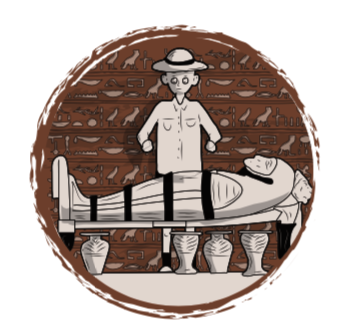
Mummy brown
As its name suggests, this tone is made of Egyptian corpses. A gruesome method of grinding up these bodies was found to create a pleasant flesh-brown hue. The macabre substance was also used as a cure for a range of illnesses.

Scheele's green
Swedish chemist Carl Scheele lent his name to this pigment, which he created by combining copper sulphate with arsenic. Used to dye wallpaper and clothes, when the deadly effects of arsenic became known its popularity waned.
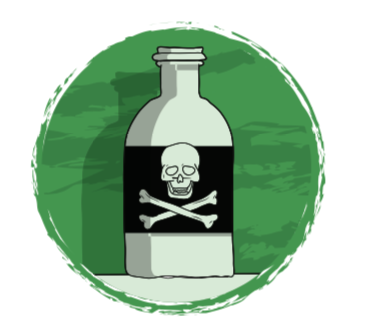
Emerald green (aka Paris green)
Created to supplant the popularity of Scheele’s Green, this copper-arsenic compound was, like its rival, highly poisonous. It’s thought the presence of one of these pigments in Napoleon’s wallpaper contributed to his death.
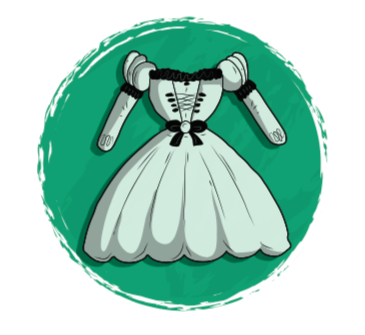
Radium green
It may seem ludicrous now, but 100 years ago radium paint was considered the latest wonder material. From makeup to dye, in the early 20th century this radioactive substance was even thought to have health benefits.

Uranium oxide
Fiesta dinnerware was popular in the 20th century, but its red-orange finish was achieved by using hazardous uranium compounds during the glazing process. Depleted uranium cells from nuclear tests were even used in the glaze!
© Illustrations by Ed Crooks
This article was originally published in How It Works issue 117, written by Tim Williamson
For more science and technology articles, pick up the latest copy of How It Works from all good retailers or from our website now. If you have a tablet or smartphone, you can also download the digital version onto your iOS or Android device. To make sure you never miss an issue of How It Works magazine, subscribe today!





